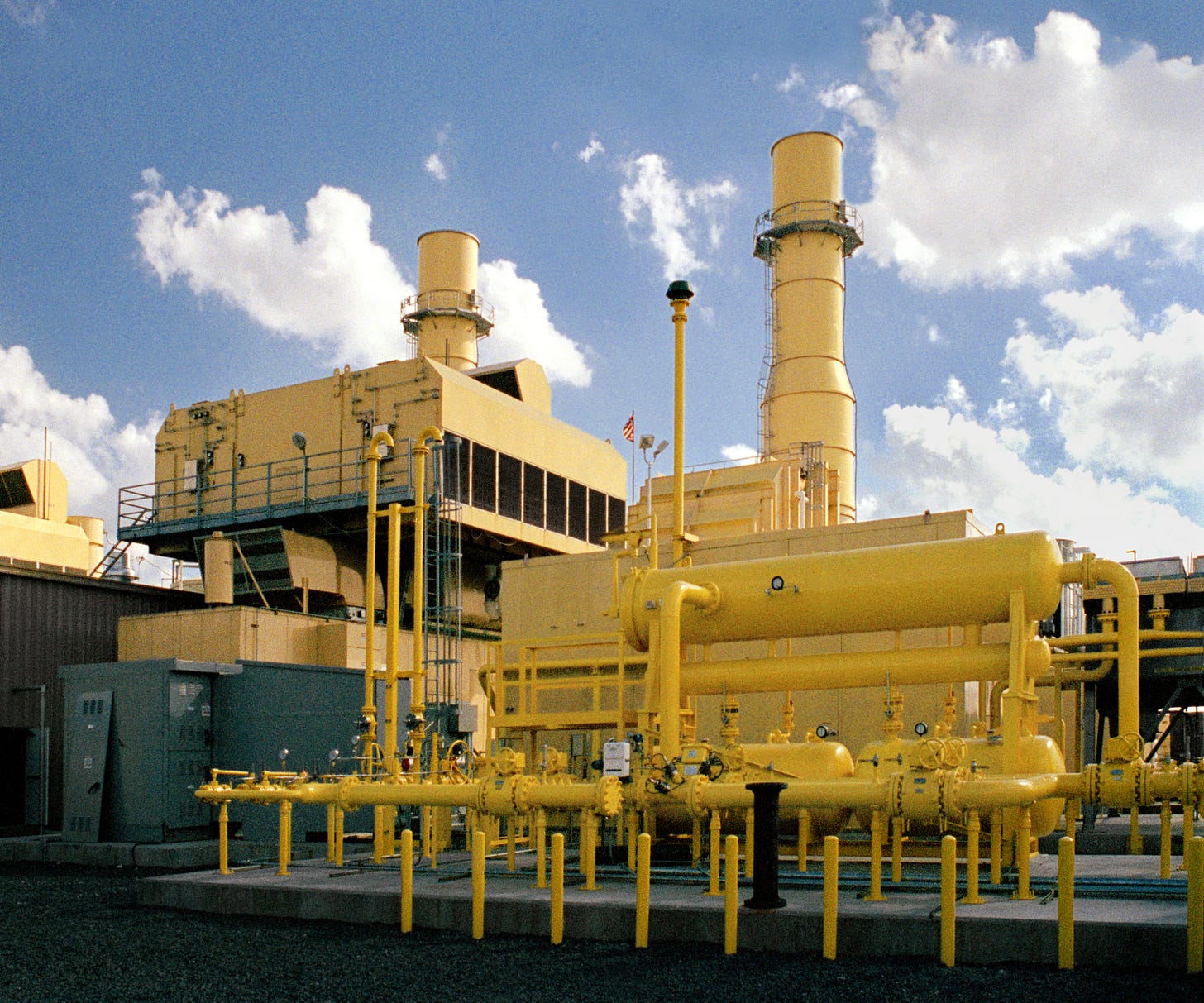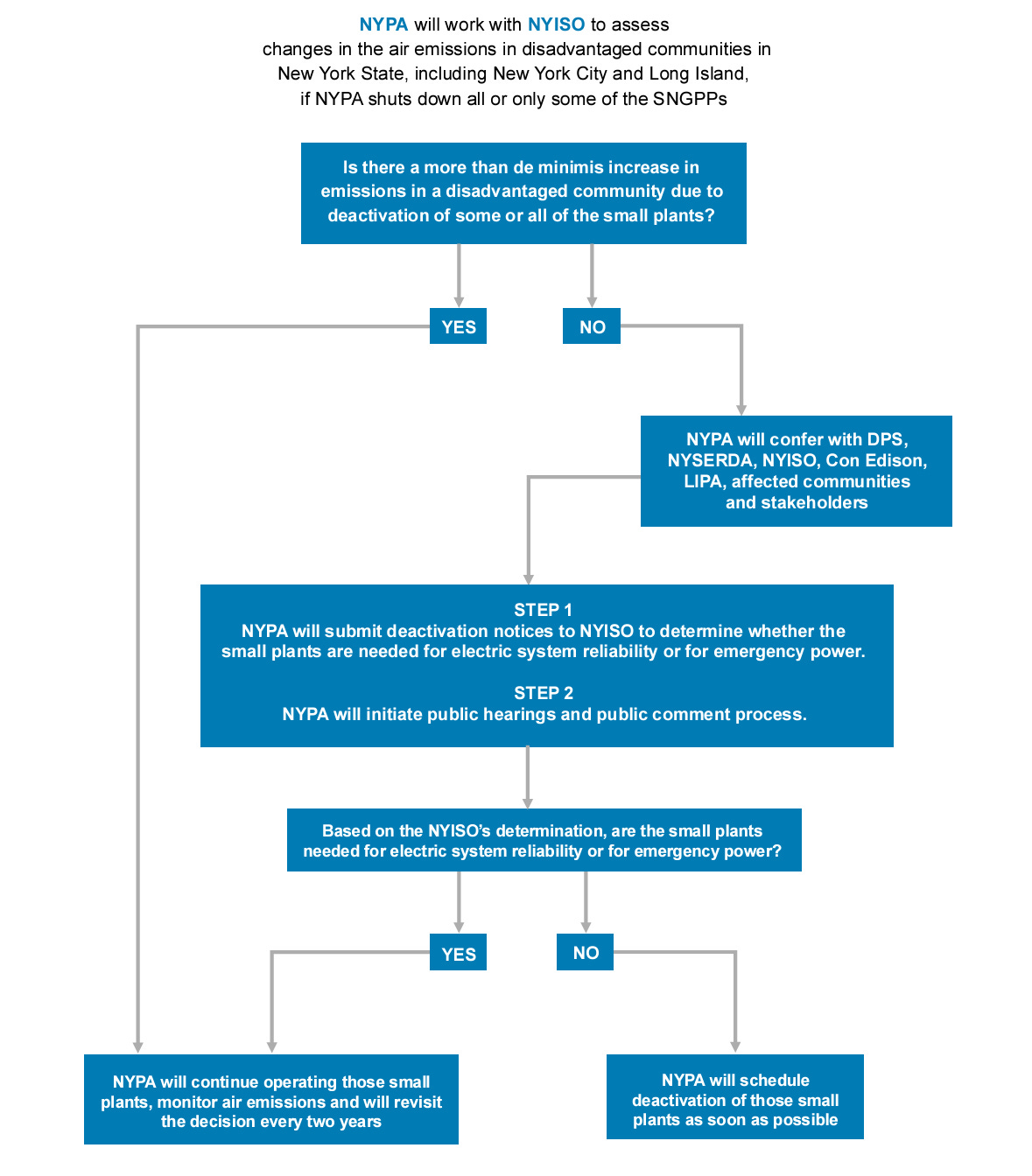NYPA's Peaker Plants Aren't Going Anywhere Yet
The New York Power Authority has released its transition plan for its New York City-area peaker plants, as required by the law that sprang from Build Public Renewables campaign. See my previous writing on that. NYPA’s report says what any rational person would expect: we can't retire them because it would increase emissions and threaten grid reliability. It lays out a process for how each one will be evaluated for emissions and then reliability independently.
Just as obvious as that report, the environmental left coalition behind the campaign has their angry response where they say, with all their responsibility to reliable electricity, that NYPA is simply wrong and doesn't care enough.
The whole thing is a farce.
Installed in 2000 and 2001 as a state intervention in the economy, NYPA’s peaker plants are the newest, cleanest, most efficient ones in New York City and they're publicly owned and run for need not for profit. Peaker plants run not all the time but only on hours and days when the grid needs them, to meet “peak” demand; that also makes them critical for integrating intermittent renewables. (Environmental groups are already mad that the closure of Indian Point has led to the peakers running more often than they did before; see analyst Charles Komanoff’s writeup on the disaster of its closure five years after the fact.) Retiring NYPA’s peakers means increasing emissions in the city because older, dirtier, orders of magnitude less efficient plants, run for profit and much riskier to rely on, will run more often as a result.
As I wrote on the original law, we have the Hochul Admin to thank for rewriting DSA's BPRA legislation into a far more sensible final law, in particular adding the requirement that the peakers can't be shut down until they demonstrably do notincrease emissions. The environmental left are licking their lips for a media-friendly victory over the evil fossil fuels and don't show much interest in this part. In their response to NYPA’s report, they deny this would happen, but an earlier report NYPA produced in concert with the PEAK Coalition of environmental NGOs found the exact same result.
The socialists of the environmental left have attached themselves to that older NGO campaign to target NYPA's peakers for closure first, against all reason, and against any material analysis of the interests of capital vs the interests of the public, simply by the force of their pressure campaigning. It was always stupid and misguided.
Reading their response to the report further shows just how irresponsible they are, complaining that NYPA relies on too pessimistic scenario planning like "can we keep the lights on if CHPE is delayed" (ie the Champlain-Hudson Power Express, a major new transmission line) instead of more optimistic scenarios. Echoing NGO analysis since the peakers were first proposed in 2000, they also point to demand response as an unexplored solution.
Call me old-fashioned but I'd rather rely on public resources that are in all ways better and more efficient than for-profit ones, and not on the wishful thinking of virtual resources that exist only if the actions of many can be coordinated to reduce demand on the hottest hours of the year. Maybe NYPA can ask its customers in public housing, or the subway system, to turn off their air conditioners and to run fewer trains.
Or maybe it can do that anyway, and run the peakers less often, instead of retiring them entirely. That is, if it doesn’t just mean some plant from the 1960s runs instead, earning revenues to its owner.
In case you missed it, mine and Matt Huber's latest essay, “Won’t Somebody Please Think of the Grid?”, discusses this very issue. Give it a read!



